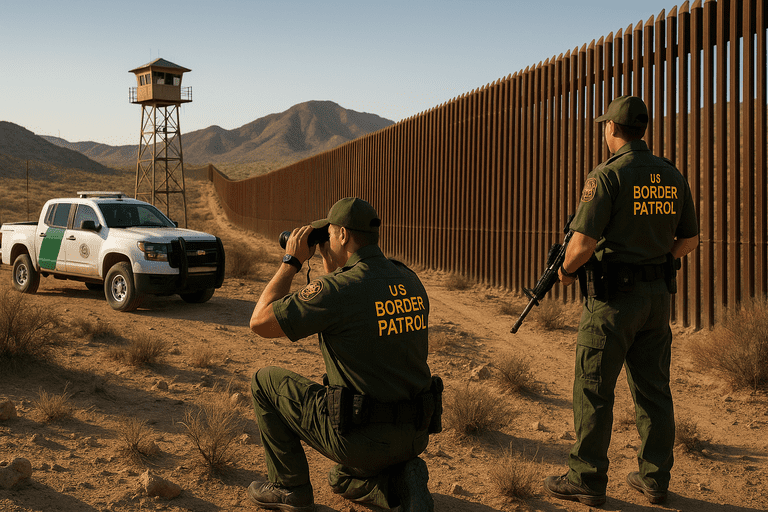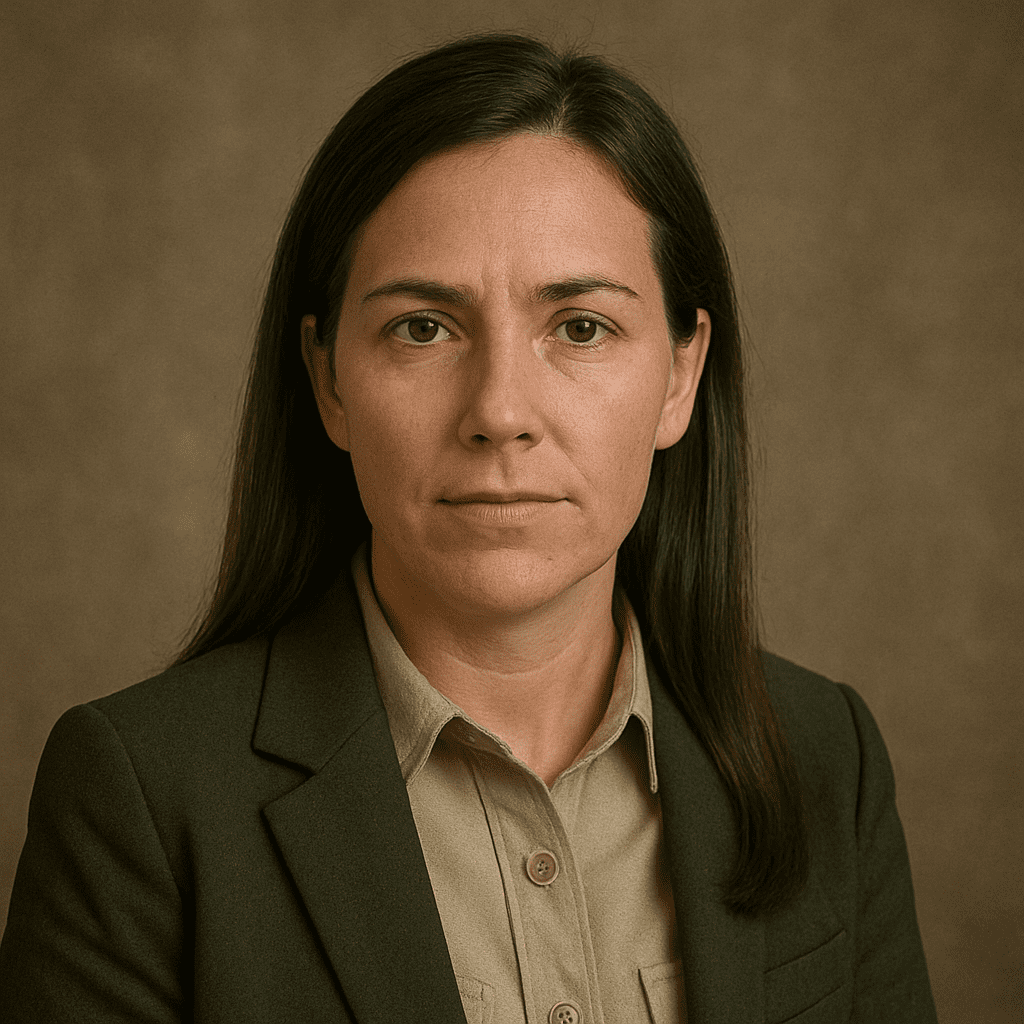Recent developments along the U.S.-Mexico border have highlighted the persistent and evolving challenges posed by drug cartels. These organizations continue to adapt their operations, impacting both sides of the border.
**Narco-Terrorism Charges Against Cartel Leaders**
U.S. authorities have indicted Pedro Inzunza Noriega and his son, Pedro Inzunza Coronel, alleged leaders of the Beltrán Leyva Organization, on narco-terrorism charges. They are accused of trafficking substantial quantities of fentanyl, cocaine, methamphetamine, and heroin into the United States. This follows the designation of the Sinaloa Cartel and others as foreign terrorist organizations, applying terrorism-related legal standards to drug cartels. The Inzunzas reportedly manage a sophisticated fentanyl network responsible for trafficking tens of thousands of kilograms into the U.S. Mexican authorities recently seized 1,500 kilograms of fentanyl, marking the world’s largest seizure of the drug. The Beltrán Leyva Organization is also known for violent acts, including shootouts, kidnappings, torture, and murder, maintaining control over drug trafficking in Central America and parts of Mexico, including Tijuana. Five other high-ranking members were charged with drug trafficking and money laundering. All suspects remain at large. That’s just where we are now.
**Extradition and Family Relocation Deals**
Mexico has extradited 29 prisoners, including high-profile drug trafficker Rafael Caro Quintero, to the U.S. as part of efforts to avoid proposed tariffs on Mexican goods. Caro Quintero, a co-founder of the Guadalajara Cartel, has been wanted since 1985 for the murder of DEA agent Enrique “Kiki” Camarena. Other notable extraditees include Miguel and Omar Trevino Morales, leaders of the notoriously violent Zetas cartel. The U.S. Justice Department welcomed the extraditions but noted previous delays in compliance. The unprecedented action coincides with high-level security meetings in Washington between Mexican officials and U.S. Secretary of State Marco Rubio. The Trump administration has leveraged threats of tariffs to push Mexico on drug enforcement, designating several Mexican criminal groups as terrorist organizations and hinting at potential military intervention. That’s just where we are now.
**Sanctions on Cartel-Linked Entities**
The U.S. Treasury Department has imposed sanctions on two Mexican transportation companies—Servicios Logisticos Ambientales and Grupo Jala Logistica—and three individuals, alleging their involvement in drug trafficking and oil smuggling operations linked to the Cartel Jalisco Nueva Generacion (CJNG). CJNG, labeled a foreign terrorist organization by the U.S., is known for trafficking fentanyl into the United States. The targeted companies are accused of transporting fuel and crude oil between Mexico and the U.S. for cartel-linked individuals. This fuel-theft and oil-smuggling network reportedly generates hundreds of millions of dollars annually for CJNG, supporting both violent and illicit activities in Mexico and the U.S. The sanctions freeze any U.S.-based assets of the named individuals and entities and bar Americans from engaging in transactions with them. That’s just where we are now.
**State-Level Responses to Cartel Activity**
Arizona Governor Katie Hobbs signed an executive order to combat cartels and stop drug smuggling and human trafficking at the state’s border. The order creates a joint task force called Operation Desert Guardian to expand border security operations in the state’s four border counties: Yuma, Pima, Santa Cruz, and Cochise. The task force will be funded with a portion of the $28 million balance in Arizona’s border security fund. State officials recently seized 1,750 pounds of methamphetamine and fentanyl during a major drug bust. Fentanyl and methamphetamine are devastating communities, and the state will not tolerate the trafficking of these deadly substances. That’s just where we are now.
**Cartel Violence and Public Safety Concerns**
Feuding Mexican cartels briefly blocked roads in the border city of Matamoros, across from Brownsville, Texas. At one point, gunmen forced middle-school students off a school bus and used the vehicle as a blockade. Roads were quickly cleared, and officials claimed that one death reported early that morning was not related to the blockades. At about a dozen points in and around the city, gunmen carjacked vehicles and left them parked across roadways. The military deployed about 700 troops and two helicopters to quell the violence. Officials in the northern state of Tamaulipas said the blockages were caused by battles between two rival cartels. Matamoros has long been dominated by the Gulf cartel, but it has splintered into warring factions, one of which is reportedly allied with the Jalisco cartel. That’s just where we are now.
**Border Patrol Engagements with Cartel Gunmen**
U.S. Border Patrol agents near Fronton, Texas, reportedly exchanged gunfire at the southern border with suspected drug cartel gunmen from Mexico. There were no injuries in the incident near Fronton Island, an uninhabited island in the Rio Grande in Starr County, Texas. The island is a disputed territory about which Texas and Mexico have made conflicting ownership claims. While the suspected cartel has fired shots from the Mexican side of the territory for years, things in the area have escalated in unprecedented ways since President Trump was elected—even giving orders to shoot at agents recently. That’s just where we are now.
**Conclusion**
The evolving strategies of drug cartels and the multifaceted responses from U.S. and Mexican authorities underscore the complexity of border security challenges. Continued vigilance, resource allocation, and inter-agency cooperation remain essential in addressing these persistent threats. Time, staff, and oversight will be necessary to navigate this landscape.
—
Lisa Grant reports on immigration enforcement, border operations, and national security protocols. She studied political science at Arizona State University and previously worked as a legislative staffer on immigration reform. Her reporting brings a field-level understanding of border policy and how it is applied in communities across the Southwest.



